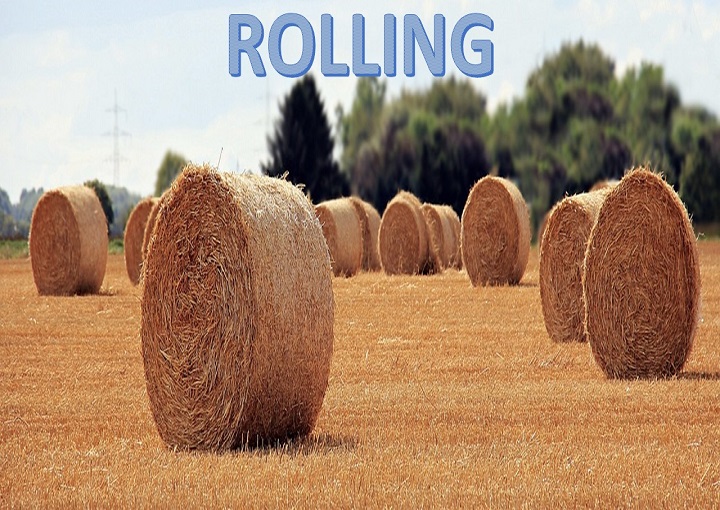Rolling is a common term used in various industries, including metallurgy, textiles, and food processing. It is a process that involves the use of rollers to flatten, shape, or compress a material, resulting in a desired thickness, texture, or consistency. Rolling has been a crucial part of human history, with evidence of its use dating back to the Bronze Age. In this article, we will explore the process of rolling, its benefits, and the different types of rolling techniques used in various industries.
What is Rolling?
Rolling is a manufacturing process that involves passing a material through a pair of rollers to reduce its thickness or to shape it. It is commonly used in metalworking, papermaking, and textile production. The process can be performed hot or cold, depending on the material and the desired end-product. Hot rolling involves heating the material above its recrystallization temperature to make it more malleable, while cold rolling is done at room temperature.
Benefits of Rolling
Rolling has several benefits, making it an essential process in many industries. Some of these benefits include:
i. Improved Material Properties
Rolling can improve the physical and mechanical properties of materials, such as strength, hardness, and ductility. For instance, hot rolling can refine the grain structure of metals, resulting in better mechanical properties.
ii. Reduced Material Waste
Rolling is an efficient process that minimizes material waste compared to other manufacturing processes. The use of precision rollers allows for accurate control of the material’s thickness, resulting in less scrap material.
iii. Versatility
Rolling can be used to produce a wide range of shapes and sizes, making it a versatile manufacturing process. The use of different types of rollers and rolling techniques can produce different finishes and textures.
Types of Rolling
There are several types of rolling techniques used in various industries. Some of the common types include:
i. Hot Rolling
Hot rolling is a process that involves heating the material above its recrystallization temperature and passing it through a pair of rollers to reduce its thickness. This process is commonly used in the production of sheet metal and steel plates.
ii. Cold Rolling
Cold rolling is a process that is done at room temperature, making it less malleable than hot rolling. This technique is commonly used in the production of sheet metal, wires, and tubes.
iii. Thread Rolling
Thread rolling is a process that involves pressing a material against a pair of dies to create a thread. This technique is commonly used in the production of screws, bolts, and other threaded components.
iv. Ring Rolling
Ring rolling is a process that involves rolling a heated material between two rollers to form a ring shape. This technique is commonly used in the production of bearings, gears, and other circular components.
v. Four-High Rolling
Four-high rolling is a process that involves passing a material through four rollers in a specific pattern to achieve a desired thickness. This technique is commonly used in the production of sheet metal and aluminum foil.
Conclusion
Rolling is a critical manufacturing process that has been used for centuries to produce various materials. The process offers several benefits, including improved material properties, reduced material waste, and versatility. There are different types of rolling techniques used in various industries, including hot rolling, cold rolling, thread rolling, ring rolling, and four-high rolling. Understanding these techniques and their benefits can help industries choose the most appropriate rolling method for their specific needs.
FAQs
1. What is the difference between hot rolling and cold rolling?
Ans. Hot rolling involves heating the material above its recrystallization temperature to make it more malleable, while cold rolling is done at room temperature.
2. what industries commonly use rolling techniques?
Ans. Rolling techniques are commonly used in industries such as metallurgy, papermaking, textile production, and food processing.
3. How does rolling improve material properties?
Ans. Rolling can refine the grain structure of metals and improve their mechanical properties, such as strength and ductility.
4. What is thread rolling used for?
Ans. Thread rolling is commonly used in the production of screws, bolts, and other threaded components.
5. What is ring rolling used for ?
Ans. Ring rolling is commonly used in the production of bearings, gears, and other circular components.

